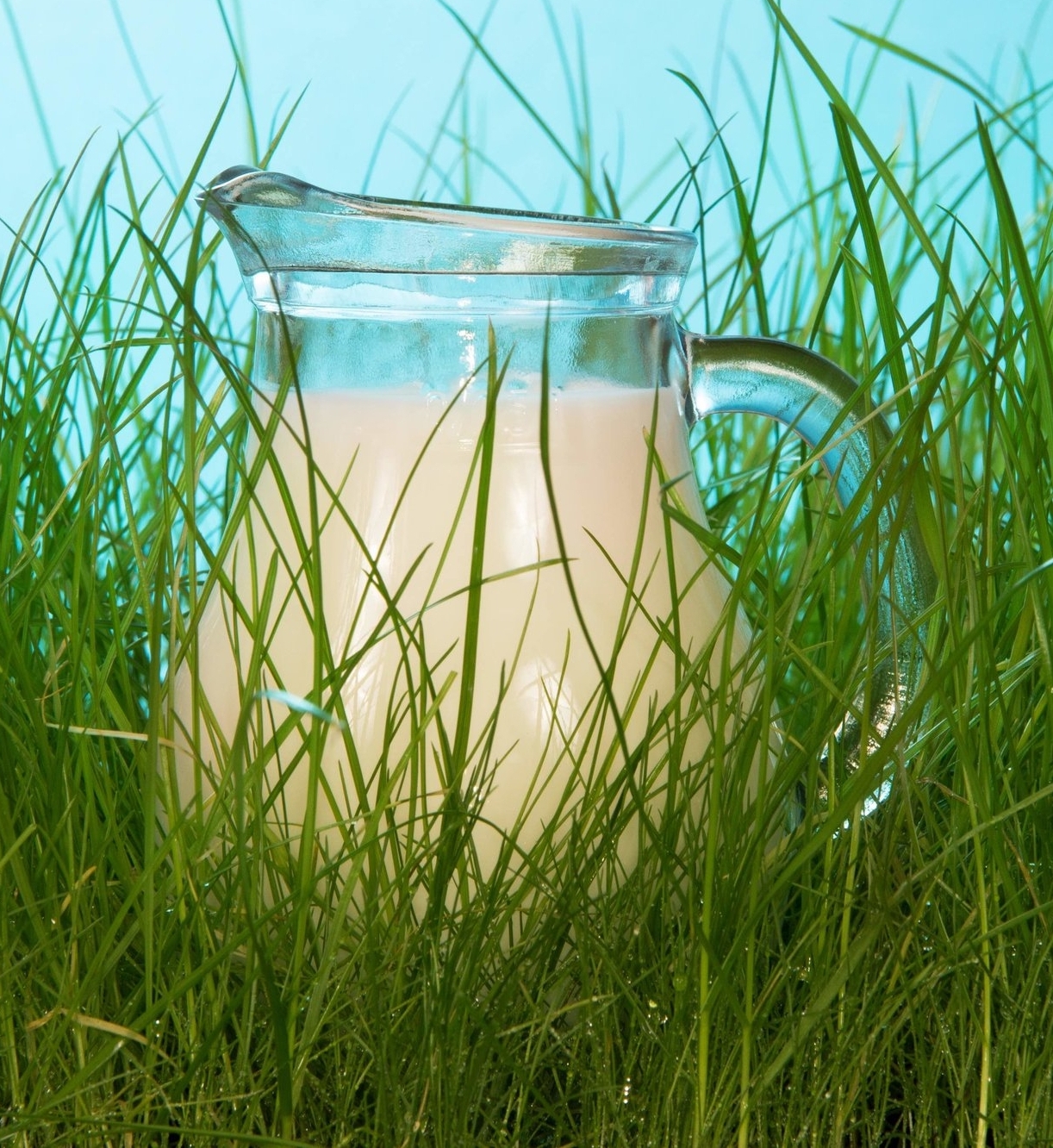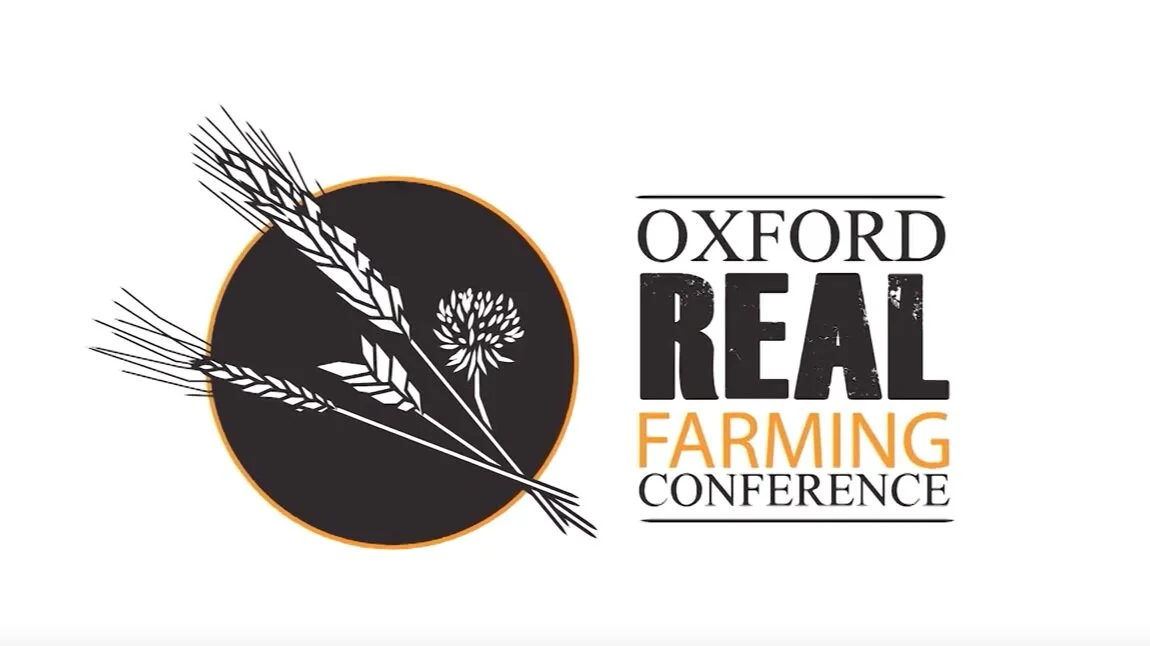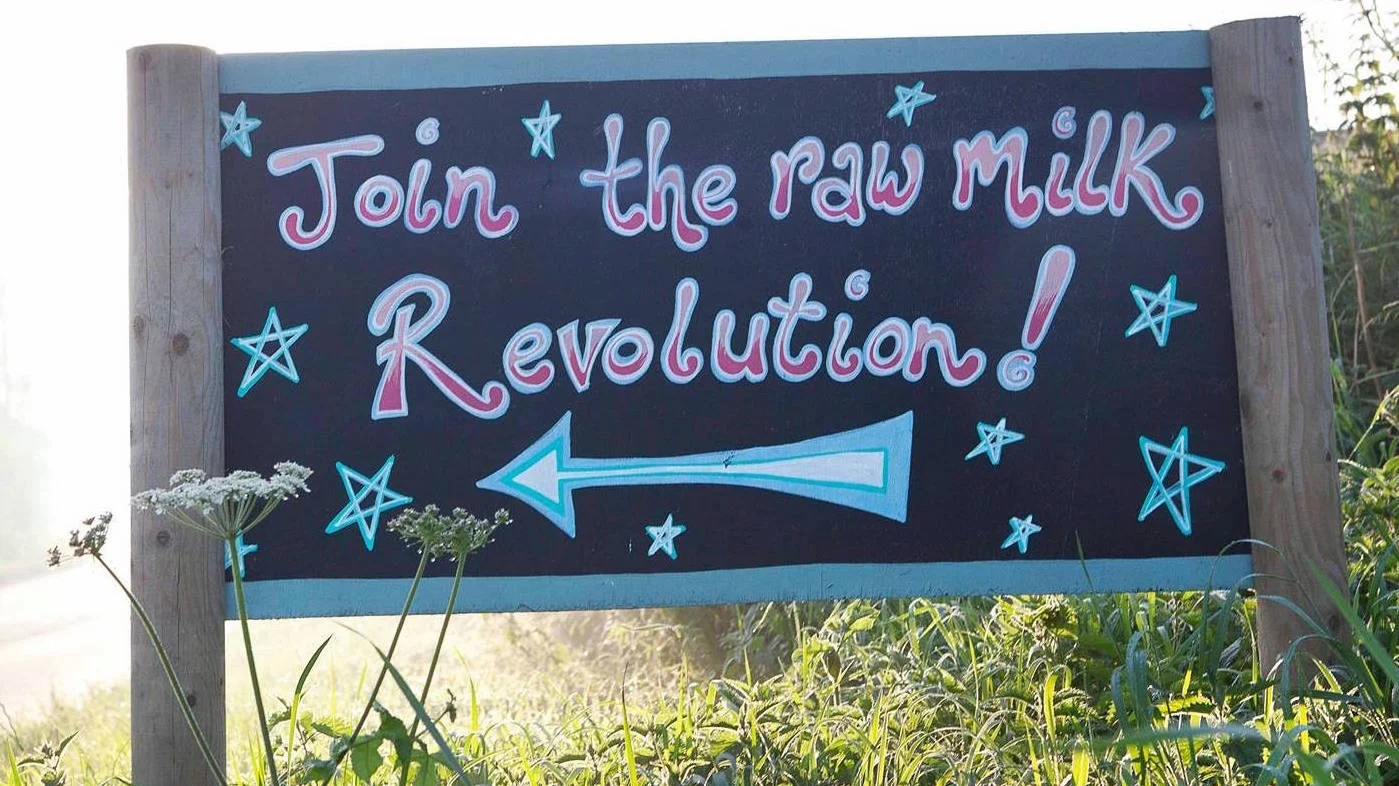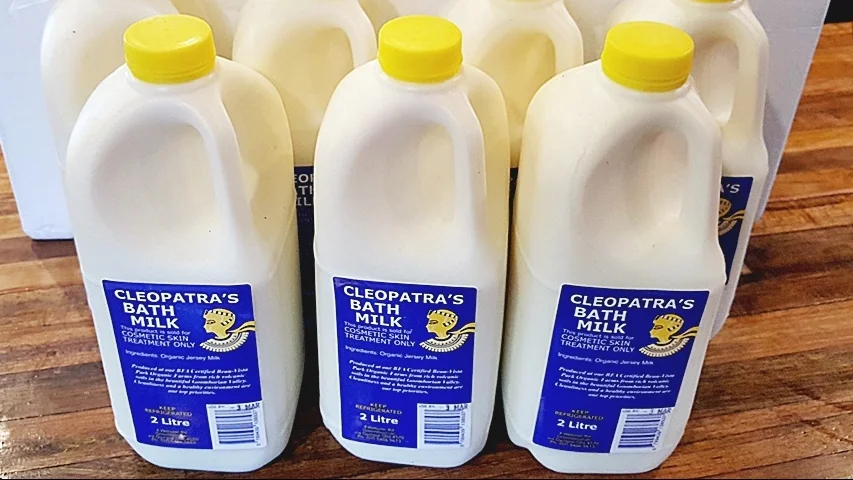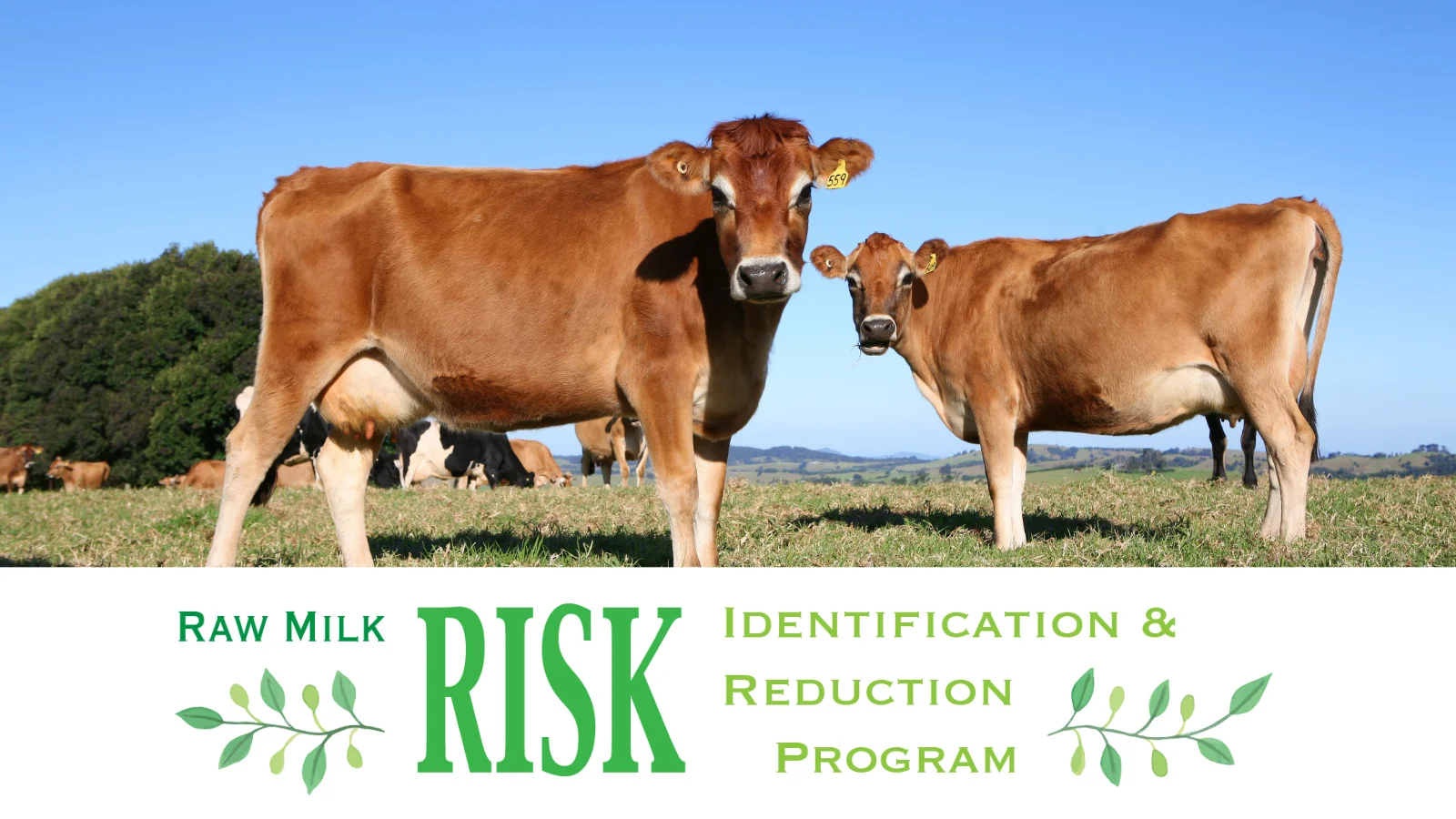When the world’s various raw milk systems are explored in-depth and compared, many similarities in the types of controls are found. Many documents refer to Hazard Analysis Critical Control Points (HACCP), Good Hygiene Practices (GHP), Good Manufacturing Practices (GMP), Standard Operating Procedures (SOP), Food Safety Plans etc. These are the management system foundations that help businesses to improve operations and reduce risk. They make up a system that works like a recipe that is strategic and repeatable. It is easy for farmers and food safety scientists to monitor, control and troubleshoot. These management systems are valuable and useful, but when they are incomplete, the system as a whole will be flawed, and produce unwanted problems from time to time.
There are some common potential pitfalls that system architects seem to know nothing about. Or perhaps they are deliberately in ignorance. It is not absolutely certain why this happens, however, it is clear that not all raw milk systems are equal in the quality and food safety of the milk they produce.
System designers are either not aware, or some systems are deliberately designed with flaws that set up raw milk industries for failure.
This is a bold statement yes, but there is plenty of evidence to support such a suggestion. Mark McAfee from the Raw Milk Institute have publicly spoken for many years on the more intricate details of raw milk production, yet some authorities don’t seem to make the effort to learn from it, or take the steps to make the adjustments needed to their raw milk systems. There have recently been more examples that show how disastrous it can be when raw dairy systems don’t have all the right controls in place, resulting in pathogens being frequently found in the raw products. Some blame the raw milk, when it can in fact be a direct result of the failures of the system architects, to clearly identify risks so farmers can act on them. Some of the recent examples also show how over-regulation can create unfair restrictions for farmers and consumers, and even potentially unsafe situations.
Raw milk and trojan horses
What is a trojan horse? The image below sums it up nicely.
In Greek mythology, a hollow wooden statue of a horse was used in which the Greeks are said to have concealed themselves in order to enter Troy. Troy was a well guarded, impenetrable city. The horse hid warriors who intended to undermine or secretly overthrow their opponent. Once the horse was accepted into the the city, out came pouring an army of invaders, when the citizens least expected them. The deceptive wooden horse led to the fall of the city of Troy. In computing, a Trojan horse, or Trojan, is any malicious computer program which misleads users of its true intent. In the same way, failing to install all the right controls into a raw milk system or clearly identifying potential risks, can lead to the creation of little pathogenic microbial trojans that may bring a raw milk industry to its knees.
Identifying problems with raw milk systems
Please remember that there are two kinds of raw milk: one produced to be pasteurised and another produced for human consumption.
In the industrial dairy industry, it is now common to feed dairy cows all sorts of strange feeds. It doesn’t seem to matter because all of that milk will be pasteurised (heat treated) anyway. Many raw milk systems around the world, however, doesn’t take into account the huge differences that can exist between industrial dairy and raw milk produced for human consumption. In fact, farmer’s lack of knowledge and ignorance were often the reasons for outbreaks of illness in North America since 2007. In 2010 training manuals were distributed for free by the Farm-to-Consumer Legal Defence Fund, and the Raw Milk Institute began developing a HACCP-based on-farm food safety program. Thanks to educational programs and outreach the situation has now been turned around. U.S. farmers have become educated and dedicated to testing, more here. U.S. farmers have benefitted tremendously from these educational efforts, but it seems that some regulated raw milk systems elsewhere in the world have not paid attention to the wisdoms that the Americans had learnt the hard way.
Another common pitfall in regulated raw milk industries, is that system architects fail to install sufficient controls for large-scale dairy farmers who produce for both the RDM market, and the industrial dairy industry. When farmers fail to realise how large the differences can be between the two, it can leave room for food safety issues to develop. For more information on how these risks can be mitigated by installing a seperate herd, see this page.
When potential trojan horses are clearly identified in raw milk systems, it is easier for the farmer to mitigate or eliminate the risk all-together and produce a low-risk pathogen-free product. The problem is that many regulated raw milk systems focus on widely used food safety risk management systems that food safety experts understand (like GHPs, GMPs), but fail to clearly identify some very obvious risks like industrial dairy feed and practices. Some authorities seem unable to understand what is wrong with their raw dairy systems, or how they can do better. This article will explore some of those issues.
Industrial dairy feed and practices are not suitable for raw dairy production
Cows are ruminants and they are meant to eat grass. It is what their stomachs digest with ease, and what keeps them strong and robust. Grass allows them to produce disease-free milk that is high in vital nutrients. The Feed, Cow Health and Farm and Land Conditions categories of the Risk Identification and Risk Reduction Program explains how many raw milk producers have learnt to grow a nutrient-dense, diverse-species, remineralised pasture to increase the health of the animals and the food safety of the raw dairy. They also explain in detail why many raw milk producers have completely eliminated feed that is common to the industrial dairy industry, because they pose unacceptable risks to raw dairy products. Here is only a few examples explored briefly:
1. Brewers grain and distillers grain
Food waste is a common feed in the industrial dairy industry, but fortunately the raw milk movement have been able to identify why they can be very risky if given to the raw drinking milk (RDM) herd. Studies show that brewers grain and distillers grain have a significant increased risk of changing the cattle’s gut microbial balance to favour and encourage a high number of pathogenic E.coli. Cows who are fed a large grain diet can also transfer pathogens to other cows via nose contact. It is a good risk reduction strategy to separate cows producing for the industrial dairy market, from cows producing for the raw dairy market. Healthy cows fed a 100% pasture-based diet over a long period of time are unlikely to have these microbial trojans in their gut or manure, more here.
2. Cottonseed and other seeds and grains
A significant drought is currently raging in Australia, and it has become the norm to feed cattle a high grain diet and cottonseed to keep them alive. Cottonseed, however, has a natural toxin called gossypol. Some cottonseed is said to be low in gossypol, but this doesn’t change the fact that many seeds and grains can pose health problems that can be avoided in the RDM herd. Cattle cannot be allowed to eat too much cottonseed, or for extended periods of time, due to toxicity that can cause heart failure and death. The natural protective systems of grains and seeds can also pose various health risks to the RDM herd that farmers may not be aware of. Seeds and grains are full of anti-nutrients like phytic acid that can chelate minerals, making them unavailable for absorption. Adult cows have an enzyme called phytase, that is produced by rumen micro-organisms. This enzyme helps them neutralise phytic acid, but if rumen organisms becomes unbalanced, this system may stop functioning. Minerals are essential for animal health and growing resistance to bacterial infections. If they don’t receive these nutrients via their food, not supplementation, it increases their risk of becoming diseased and needing antibiotics.
If the cows producing for the RDM market’s digestive system supports the right kind of microbes, they can eat small amounts of grains without problems.
3. Silage
Silage is a recognised risk in the industrial dairy industry, yet some regulated raw dairy systems don’t put sufficient emphasis on it. Many in the raw milk movement have stopped feeding both grass- and corn silage due to the risks they pose, and have adopted a variety of other strategies, like growing resilient year-round multi-species forage, diverse-species cover crops and more native grasses in the pastures instead. However, some farmers who come from an industrial dairy background, and produce raw milk in a system that does not properly protect against unsafe silage, are often at risk of producing potentially unsafe raw dairy. Feeding silage is linked to an increased risk of Listeria monocytogenes. There is a need for further research to identify if haylage, which is more commonly used on small farms in Australia, poses the same risk as silage.
4. Mixed Feeds
Mixed rations are common feed for cows producing for the industrial dairy industry, yet they are not suitable for the RDM herd because of a variety of reasons. Mixed feeds are often grain-based and ingredients are often sourced from many different places. Accountability and traceability can disappear. Microbial contamination is common and these dangers can be carried to the raw milk. There is a danger when dairy farmers who produce for the industrial dairy market are suddenly allowed to produce raw drinking milk for human consumption, but the system that governs the production doesn’t clearly specify the dangers of common industrial dairy practices, or makes the necessary restrictions. This is a recipe for disaster that is currently playing itself out in some regulated, and unregulated raw dairy systems around the world.
5. Monocultures of grain and ryegrass
Many raw dairy farmers have learnt how to grow mineral-rich pasture, thanks to the educational efforts of soil scientists. Farmers now grow as many plant species together in the paddock as they can. Some add cover crops of up to 28 different plant species like oat, pea, clovers etc to produce abundant forage that can grow year round. Some are introducing many species of native grasses. More nutrient-cycling takes place in the soil, which means plants can uptake more nutrients, minerals and trace elements. These minerals are essential to produce plants, animals and humans with increased health, and better resistance to bacterial infections. Some farmers now understand why grain monocultures, and a monoculture of ryegrass grown with agrochemicals, can produce poor mineral content feed. Some herbicides chelate minerals, making them unavailable for absorption. Inorganic chemical fertiliser disrupts nutrient-cycling and the acquisition of nutrients for the plants. Some farmers now understand why they need to give animals that produce raw dairy, the best kind of nutrient-dense feed. The health of the soil is important for the food safety of the raw dairy product.
6. Antibiotics and antimicrobials
Some raw dairy farmers have completely weaned off the herd from the requirement for antibiotics. Antibiotics can remove the healthy gut bacteria from both animals and humans. Cows are dependent on the good microbes in their rumen to digest their food and to stay healthy. Some raw dairy farmers also realise that some herbicides have antibiotic properties. Research show they can create antibiotic-resistant microbes, and these kill thousands of people each year around the globe. A new study found that bacteria develop antibiotic resistance up to 100,000 times faster when exposed to the world's most widely used herbicides, Roundup (glyphosate) and Kamba (dicamba) and antibiotics compared to without the herbicide. Raw dairy farmers need to grow abundant beneficial microbes in the terrain on the farm as protection against pathogens. Science show that when the good ones are abundant, they crowd out and even eliminate the bad in the terrain.
7. There are many more risk that will not be explored in this article…
Over-regulated or unfairly regulated raw milk systems
Ever since raw dairy became popular in North America in 2007, there have been a mind boggling amount of examples of raw milk systems set up unfairly, that disadvantage the raw milk movement, the farmers and consumers. This article won’t explore them all, as some are already mentioned elsewhere, but we will mention a few recent examples. It is not certain why this happens, but the result is the creation of the illusion that raw dairy cannot be produced responsibly or safely. Some systems also make it harder for producers to produce, and for consumers to access. This is frustrating and defeating for the raw milk movement.
The world’s first floating dairy in Rotterdam
Food waste is common in the industrial dairy industry, however, it was extremely disappointing to see that plans for the world’s first floating dairy in the Dutch port of Rotterdam, will include feeding the cows grain from local breweries. According to information from this article, both raw milk through the public “milk tap”, and processed dairy products from the vending machine, will be for sale on the floating farm. An engineer, Peter van Wingerden, told the BBC: "With increasing demand for healthy food, fast-growing urbanization, and climate change, we can't rely on the food production systems of the past any more." This is extremely disappointing, because it is in the growing of more grassland that we will sequester more carbon back into the soil. It is in feeding cows a 100% pasture-fed diet that we will have a more nutrient-dense and safer raw milk. Cows producing for the raw dairy market are not really suitable for urban farming schemes like this. According to the article, the cows on the floating farm will primarily feed on grass, but 80% of the cows diet may be food waste, like leftovers from restaurants, grains discarded by local breweries, by-products from local wheat mills and even grass clippings. This information is conflicting. It also doesn’t make sense when you understand the food safety risks around raw dairy production. Europe too has an emphasis on risk management controls like Good Hygiene Practices (GHP) and Good Manufacturing Practices (GMP), see this example, but doesn’t seem to identify all of the so-called trojan horses, or protect against them. The language barrier is another obstacle in understanding various European countries’ raw dairy systems fully.
2. Access to raw milk cheese in Australia
According to passionate raw milk cheese advocate Will Studd, we may soon lose access to a large variety of imported raw milk cheeses in Australia. Imported cheese like Parmigiano Reggiano, Gruyere or Comte, that many consumers have been enjoying for years, may soon be deemed unsafe for human consumption. This is disastrous, because many consumers already cannot afford to buy Australian produced raw milk cheese, because the “strict and impractical” production standards chases up the price tag to $200/kg, more here.
3. Raw milk access in Texas
A North American dairy farm in Texas recently decided to break free from the state’s so-called “harsh regulations” and switched to a private membership association. According to this story, Waldo Way Farm said: "My goal was to bring an awareness about the harshness of DSHS [the health department] and working within those regulations for a raw milk dairy farmer and also the awareness that there are so many consumers out there of raw milk.” “We want it and we want it to be available." They have a large community, and some congressmen behind them, who are in support of food freedom for those who want it.
4. Regulated raw milk in New Zealand
New Zealand’s MPI installed a regulated raw milk system in 2016. Since then a long list of criticism from consumers, dairy farmers and food safety experts have erupted. MPI considers the raw milk its own system produces, as high risk. Many agree that the system needs to change. Raw drinking milk (RDM) quality overall is only as good as a system that lays down the right controls, properly informs producers about risks, without imposing unnecessary restrictions. The New Zealand RDM system has extremely high compliance costs, while they may not be clearly addressing risks that industrial dairy feeds and practises can have on raw dairy production and food safety. All sorts of other operations (like ‘bath milk’) are running alongside it, because MPI had ignored the problems and frustrations for too long, more here. Many are cut off from diversifying with this niche product. New Zealand’s current regulations will be reviewed starting November, and the results will be presented to the Food Safety Minister mid 2019.
Conclusion:
Systems that fail to identify many of the well-known potential risks are commonplace. This is clearly very detrimental for the global raw milk movement. This article reminds readers that significant changes must be made in the way some regulated, and unregulated raw milk systems operate around the world. It is necessary for decisions and alterations to systems, to be weighed and evaluated with the most careful and wisest of judgements. Whatever steps system architects and policymakers take, will have far-reaching consequences.
The Raw Milk Institute’s Risk Assessment Management Plan is a system that works to help farmers to clearly identify risks, so they can be managed properly. They assist in bringing about clarity, and a shift in food safety awareness. What was once not obvious, can be understood, when exploring the components of the RAMP. Controls and compliance costs don’t have to be excessive when there is honesty, integrity and transparency.
We want Australian authorities to design systems for the production and distribution of raw dairy products that focus on clearly identifying potential trojan horses that may cripple the system. We want raw dairy products to be easily available for consumers who choose to purchase it. It must be regulated fairly. If Australian regulators and policy makers don’t know how to achieve this, we recommend sitting down with both raw milk producers and concerned consumers and scientists from ARMM in order to work on achieving this. Raw Milk Institute representatives can also be consulted. They have a ten year track record with the Risk Assessment Management Plan after all, which has enjoyed tremendous success around the world.
Related Articles:
Fair Regulations and Production Standards for Raw Milk
New NZ raw milk regulations - Summary
European Guide for Good Hygiene Practices in the production of artisanal cheese and dairy products
"It all starts with healthy soils"... Dr Maarten Stapper explains how the current practices of fertilisation and use of chemicals results in our food now being less nutritious than it was in the past.


